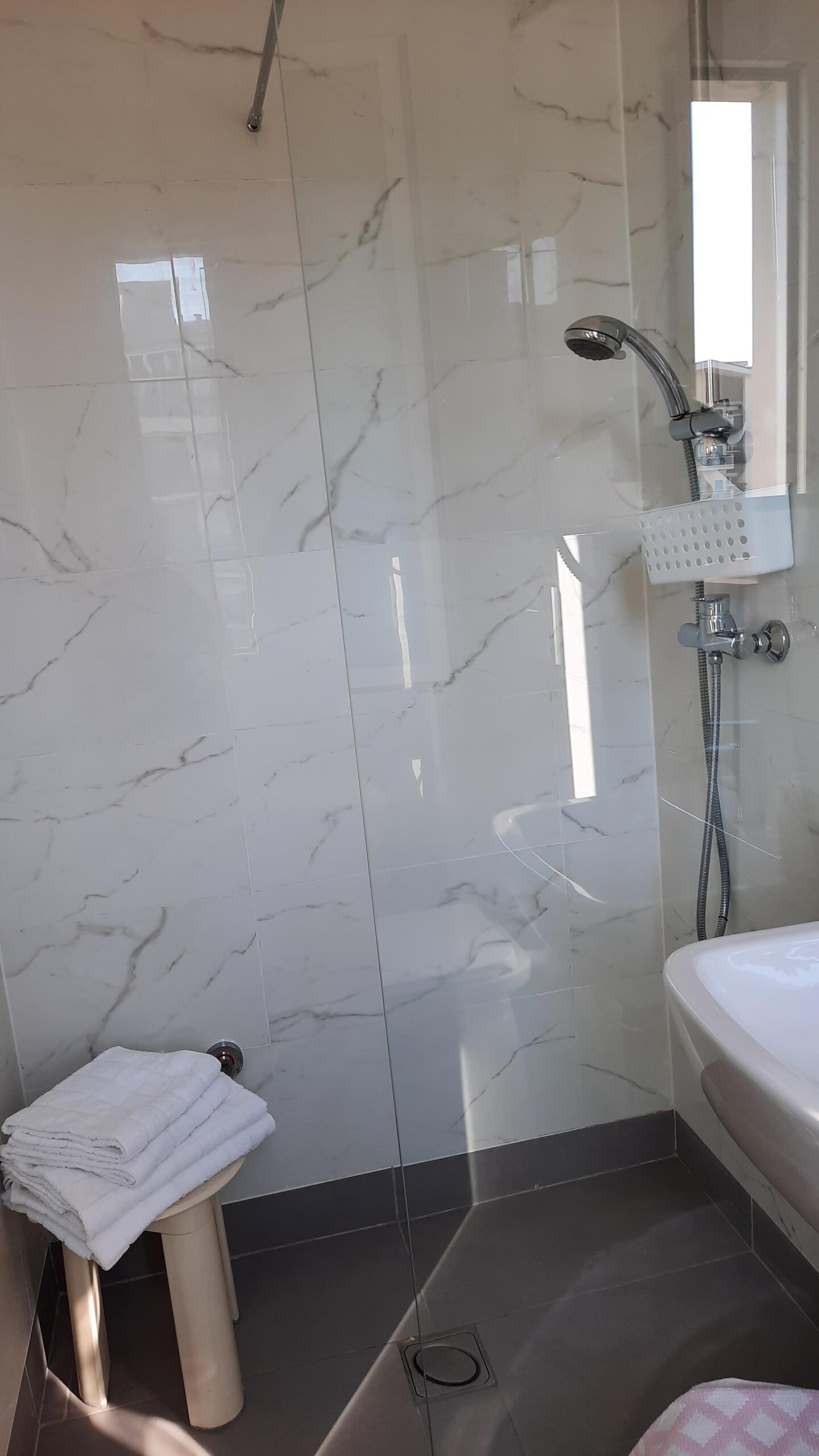

His destination was a boarding school in Vitória, a coastal city of about 85,000 at the end of the line. Salgado left the farm in 1959, when he was 15 years old, and got on a train. To visit the fence line at the top of the ridge-or to see aerial photos of the land taken a decade apart, one “before” and one “after”-is to understand that a kind of miracle has taken place. Instituto Terra is the Salgados’ argument that ecological degradation need not be absolute. In the 1990s, Salgado’s parents gave the land to Sebastião and Lélia, and they began to replant it. Today the landscape has taken on another meaning. In the 1980s, the year-to-year destruction of Brazil’s forests was so severe that the whole world-newly empowered with satellite imagery-watched in horror, and the country became shorthand for a new era of global environmental decay. The Atlantic Forest as a whole shrank to less than 10 percent of its original size in the Rio Doce Valley, it shrank to 4 percent.
#Find love or die trying terra cracked
Over time crept a desert of cracked dirt that could barely support a single cowherd. Like farmers across Brazil, he sold the wood, burned the slash and planted African grasses to feed cattle. Gradually, Salgado’s father, a stern man who was by turns a pharmacist, a mule-train driver, a baker and a farmer, cut down the forest. “It is here where I learned to see the light,” he told me. In the afternoons in the rainy season, thunderheads piled on top of each other and sunbeams pierced dramatically through.

Salgado had no camera then-he didn’t take up the craft that would make him famous until his late 20s-but he believes this landscape first taught him photography. The Atlantic Forest, second in biodiversity only to the Amazon, with nearly as many tree species in a single acre as are found on the entire East Coast of the United States, covered half the farm and half the Rio Doce Valley. Ranchers drove cows and pigs to the slaughterhouse on horseback-a five-day ride. Coffee came down from the hills via mule train. In the 1950s, its road to the outside world was a dirt track along the river that was muddy and impassable six months out of the year. But it’s also where Salgado grew up, a 1,750-acre former farm in the state of Minas Gerais 70 miles inland from Brazil’s Atlantic coast, in the Maine-size valley of the Rio Doce, the Freshwater River. Today it’s a federally recognized nature preserve and a nonprofit organization that raises millions of tree seedlings in its nursery, trains young ecologists and welcomes visitors to see a forest reborn. Salgado and his wife, Lélia, call their side of the fence Instituto Terra. But on the other side, the side we came from, there is only green: replanted forest stretching as far as the eye can see. The land’s condition isn’t helped by the fact that Brazil is in the throes of a megadrought, its worst in nearly a century. On one side of the fence, his neighbor’s ranch is a latticework of cow paths, its ankle-high grass yellowing in the sun, its steep slopes ripped by landslides because the trees are gone. The contrast is stark, almost too obvious. We stop and take in the sweep of the land. Salgado holds open the barbed wire so I can slip under, then follows, in the process cutting his index finger, which he sticks in his mouth as we traverse the slope. The road jogs left, and suddenly we park.Ī fence line traces the long ridge.
#Find love or die trying terra Patch
Salgado takes note of a patch of invasive brachiaria grass that has flared up in a sunny spot.

We grind uphill past a few peroba, a valuable hardwood that had been left uncut by his father, who bought this land in the 1940s. The legendary photographer, now 71, gestures out the window at the broccoli-top canopy of a pau-brasil, or brazilwood, the species after which his country is named. The road is red dirt and the forest is young, but already its trees tower above us, and they cast a blessed shade. The spot Sebastião Salgado wants me to see is a few minutes up a fire road, on a ridge he used to reach on horseback.


 0 kommentar(er)
0 kommentar(er)
